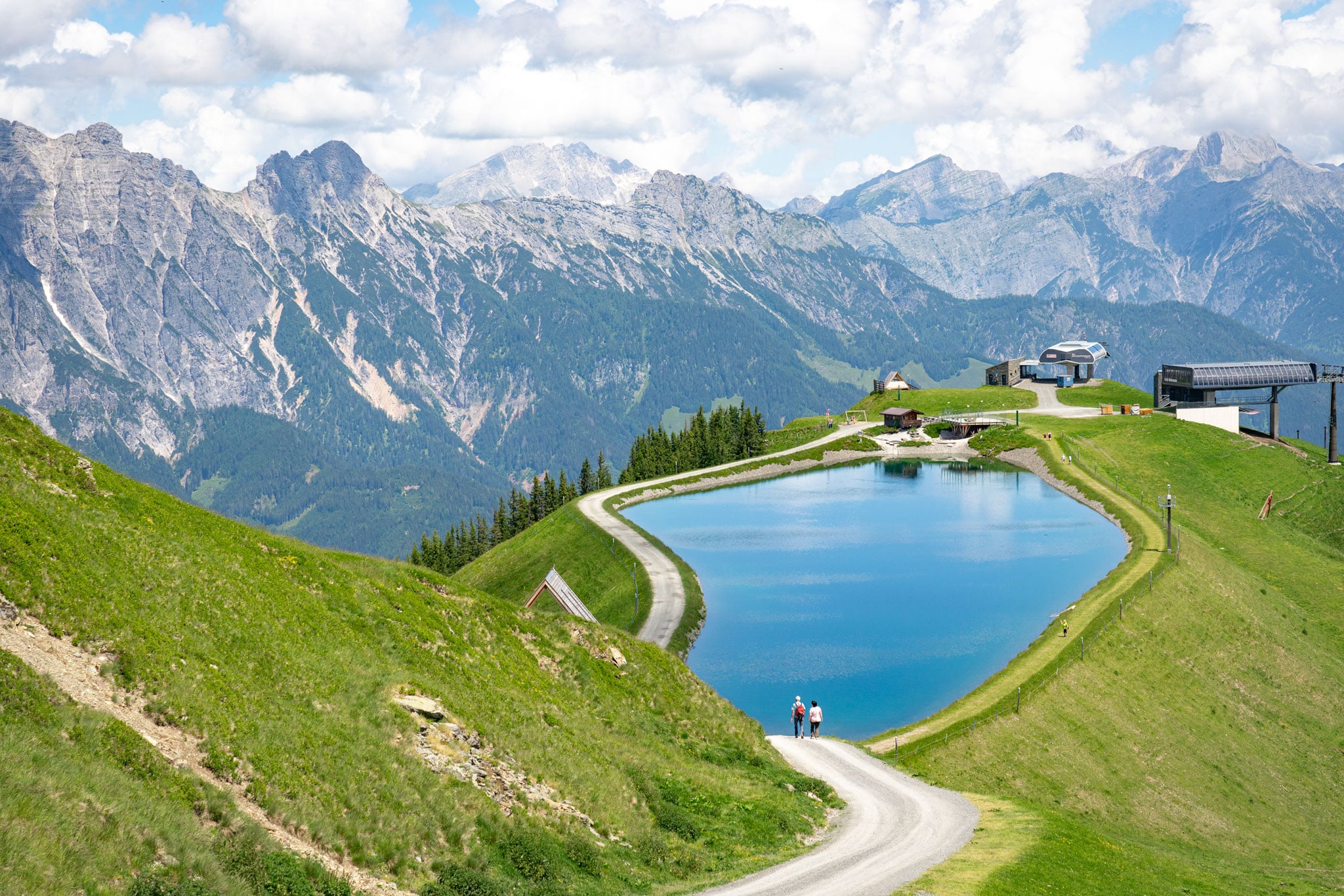For Vibrant Green Shakshuka, Use This Easy Trick
This shakshuka’s green sauce loaded with fresh herbs, spinach, and spices is the perfect foil for rich, runny eggs.


Though shakshuka originated in North Africa, today it’s popular throughout the Middle East (particularly in Israel) and elsewhere in the world, including in the United States, where it's a fixture on brunch menus. While this one-pan dish traditionally features eggs gently poached in a heavily spiced tomato sauce, it’s infinitely riffable. There are versions loaded with roasted veggies or studded with chorizo or chickpeas, but my favorite variation—especially during the spring—is green shakshuka.
Over the past decade or so, green shakshuka has become a brunch staple throughout the U.S. A vibrant, green sauce loaded with fresh herbs, spinach, and spices is the perfect foil for rich, runny eggs. Served with some good crusty bread for scooping, it’s a filling meal that’s just as great on a busy weeknight as it is for a leisurely Sunday brunch.
In our recipe below, our Birmingham, Alabama–based test kitchen colleague Tricia Manzanero Stuedeman has developed a shakshuka with an impressive green hue. The sauce is packed with fresh cilantro, parsley, spinach, and an array of warm spices. The sauce components are blended and simmered before the eggs are nestled in and perfectly poached, then garnished with avocado, pickled onions, feta, and fresh herbs.
Ensuring a Vibrant Green Sauce
The key to great green shakshuka is nailing the sauce. The sauce should be a mostly homogenous purée that’s thick enough to cradle and poach the raw eggs. It should also remain vibrantly green—not muddy army-green—once cooked for the most appetizing presentation. In developing this recipe, Tricia used a few culinary tricks to ensure a bright sauce with the right silky texture. First, she found that blanching the herbs and spinach with a small amount of baking soda helps weaken the vegetable cell walls, quickly softening them for easy blending while maintaining their bright green color.
Tricia also blanches and blends most of the spinach with vegetable stock, cream, and aromatics to create a velvety, pourable sauce, while reserving a couple cups of the raw spinach to wilt down into the sauce. This creates a sauce that’s creamy and mostly smooth, but with a welcome slightly chunky texture that’s perfect for scooping with good crusty bread.
How to Perfect the Eggs in Green Shakshuka
The trickiest part of most shakshuka recipes is getting the eggs cooked so the yolks are still jammy when the egg whites are set. While some recipes require an oven, we find sticking to a streamlined stovetop method easier. All you need is to gently poach the eggs directly in the sauce until just set. This can be easier said than done, as making shallow indentations in the sauce and cracking each individual egg into the wells can take some time, causing the first egg to overcook by the time the last egg is cracked in. To avoid this and to help the eggs cook at a more even rate, remove the skillet from the burner to eliminate the urgency of adding the eggs over heat.
We also recommend cracking each egg into a small bowl before carefully adding it to the sauce so you can remove any rogue eggshell pieces before adding the eggs to the skillet. It’s also easier to neatly slip each egg into the sauce from a bowl, which helps keep the eggs from spreading too much as they cook.
Taking a cue from Kenji’s shakshuka recipe, Tricia incorporates the technique of spooning a little bit of the sauce around the whites of the eggs to help them set just a touch faster than the yolks. Once the skillet is covered and returned to the heat with the eggs, monitor closely and cook until the egg whites are just set and the yolks still golden and soft—perfect for dipping bread into.
In an 8-quart or larger pot or Dutch oven, bring water, baking soda, and 2 tablespoons salt to a boil over medium-high heat. Place a large bowl of ice water next to stovetop.
Add cilantro and parsley to a fine-mesh strainer; dip strainer with herbs into water and cook, stirring constantly to ensure herbs are submerged, until herbs are bright green, about 10 seconds. Lift strainer and herbs out and transfer mixture in strainer to prepared ice bath and let sit until herbs are cold, 5 minutes. Drain and pat herbs dry, but do not squeeze (it should yield about 1/2 cup). Leave pot of water on stovetop on low heat.
To blender jar, add herbs, chile, 1/2 cup oil, 2 teaspoons garlic, 1 teaspoon salt, 1 teaspoon cumin, and 1/2 teaspoon coriander. Blend on high, scraping down sides of blender jar as needed, until smooth, about 1 minute. Transfer herb purée to a small bowl; set aside. (Do not clean blender.)
Return blanching water to a boil over medium-high heat. Add 8 cups (8 ounces; 226 g) spinach to boiling water; cook, stirring constantly, until bright green and wilted, about 10 seconds. In now-empty fine-mesh strainer, drain spinach, pressing out excess liquid with a silicone spatula (it should yield about 2/3 cup cooked leaves). Transfer spinach to blender; add broth and cream, and process until smooth, about 30 seconds to 1 minute. Set aside.
In a large skillet, heat remaining 2 tablespoons oil over medium heat until shimmering. Add celery; cover and cook, stirring often, until starting to soften, about 3 minutes. Add leek and bell pepper; cover and cook, stirring often, until vegetables are crisp-tender, 5 to 8 minutes.
Uncover and stir in remaining fresh spinach and remaining 1 teaspoon garlic. Cook, stirring constantly, until spinach is wilted and garlic is fragrant, 1 to 2 minutes.
Stir in spinach purée, 4 tablespoons of prepared herb purée, remaining 1 teaspoon salt, remaining 1/2 teaspoon cumin, and remaining 1/4 teaspoon coriander; cook over medium heat, stirring often, until simmering, 2 to 3 minutes.
Remove skillet from heat. In a small bowl, crack 1 egg. Using a rubber spatula or large spoon, clear a rough 2-inch diameter well in sauce. Immediately pour in the cracked egg. (The well will hold yolk in place but may not fully contain egg white; this is ok.) Gently spoon a little sauce over edges of egg white to help contain it. Repeat with remaining eggs, evenly spacing them around the skillet. Cover, return to heat, and cook until egg whites are set but yolks are still jiggly, 3 to 6 minutes, or until desired doneness.
Uncover and top with feta, avocado, and pickled red onion. Sprinkle with cilantro and parsley. Stir lemon zest and juice into reserved cilantro mixture. Serve immediately, drizzling cilantro mixture on each portion. Serve bread on the side.
Special Equipment
Large pot, blender, fine-mesh strainer, large skillet, silicone spatula
Make-Ahead and Storage
The final dish is best served immediately, but the sauce can be cooked through step 6, cooled, and refrigerated for up to 1 day. To serve, gently reheat the sauce over medium heat in a large skillet until simmering, then remove from heat and proceed with steps 7 and 8 of the recipe.



























































































































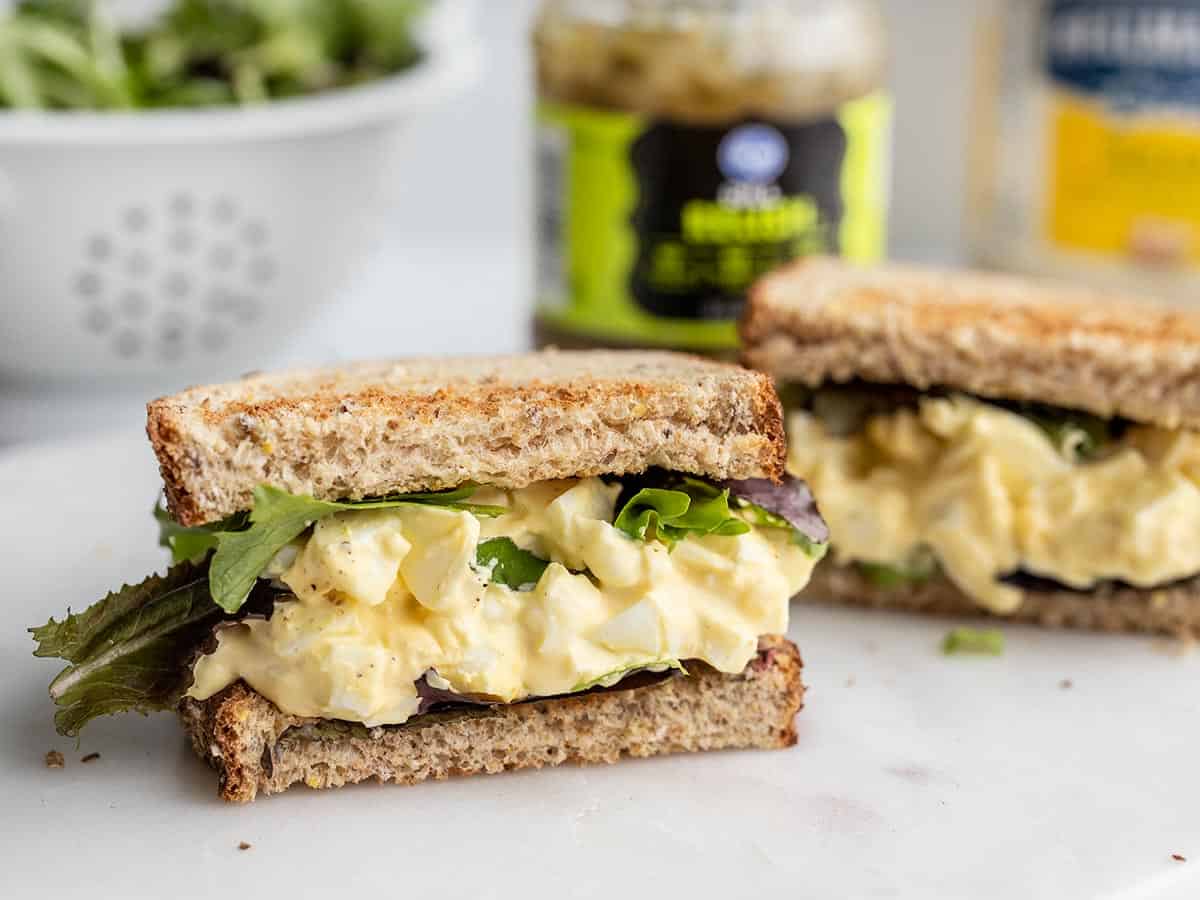

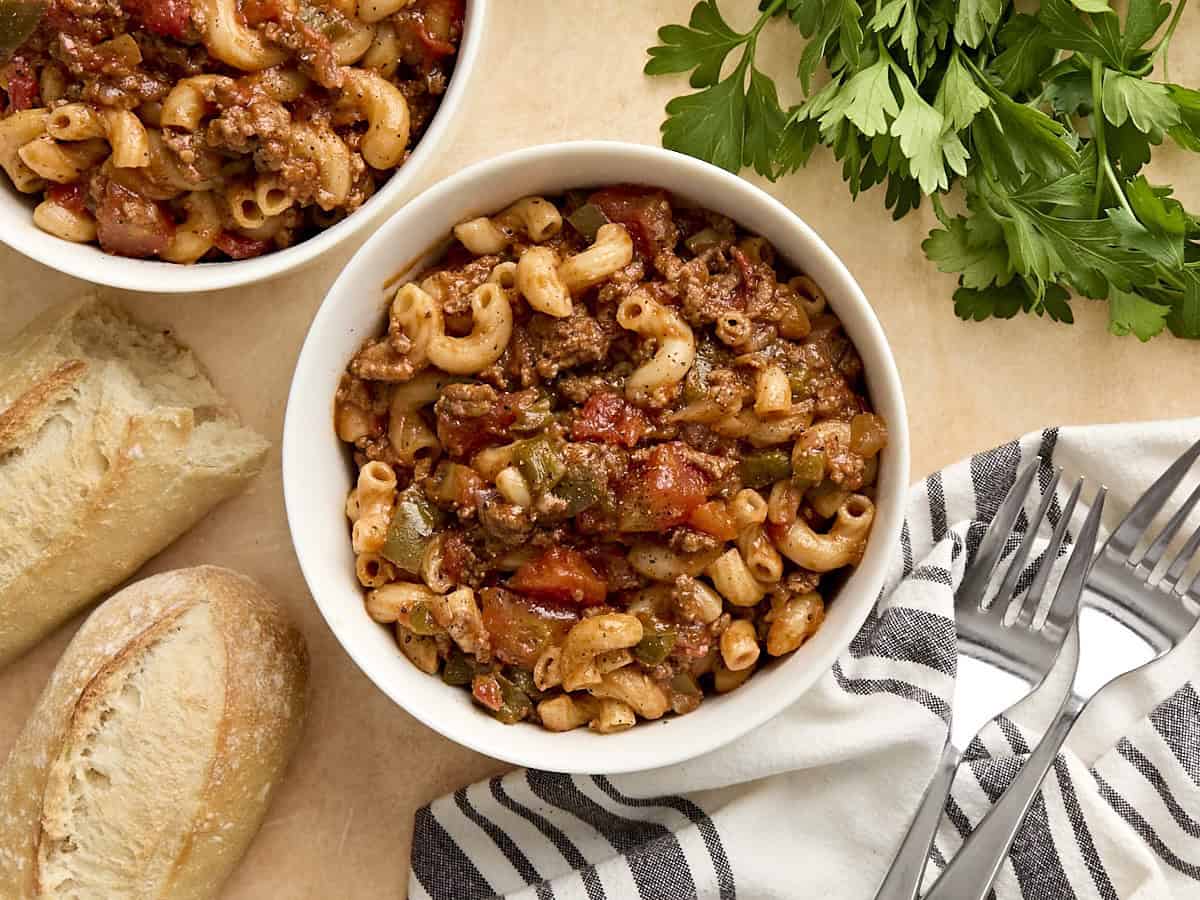
































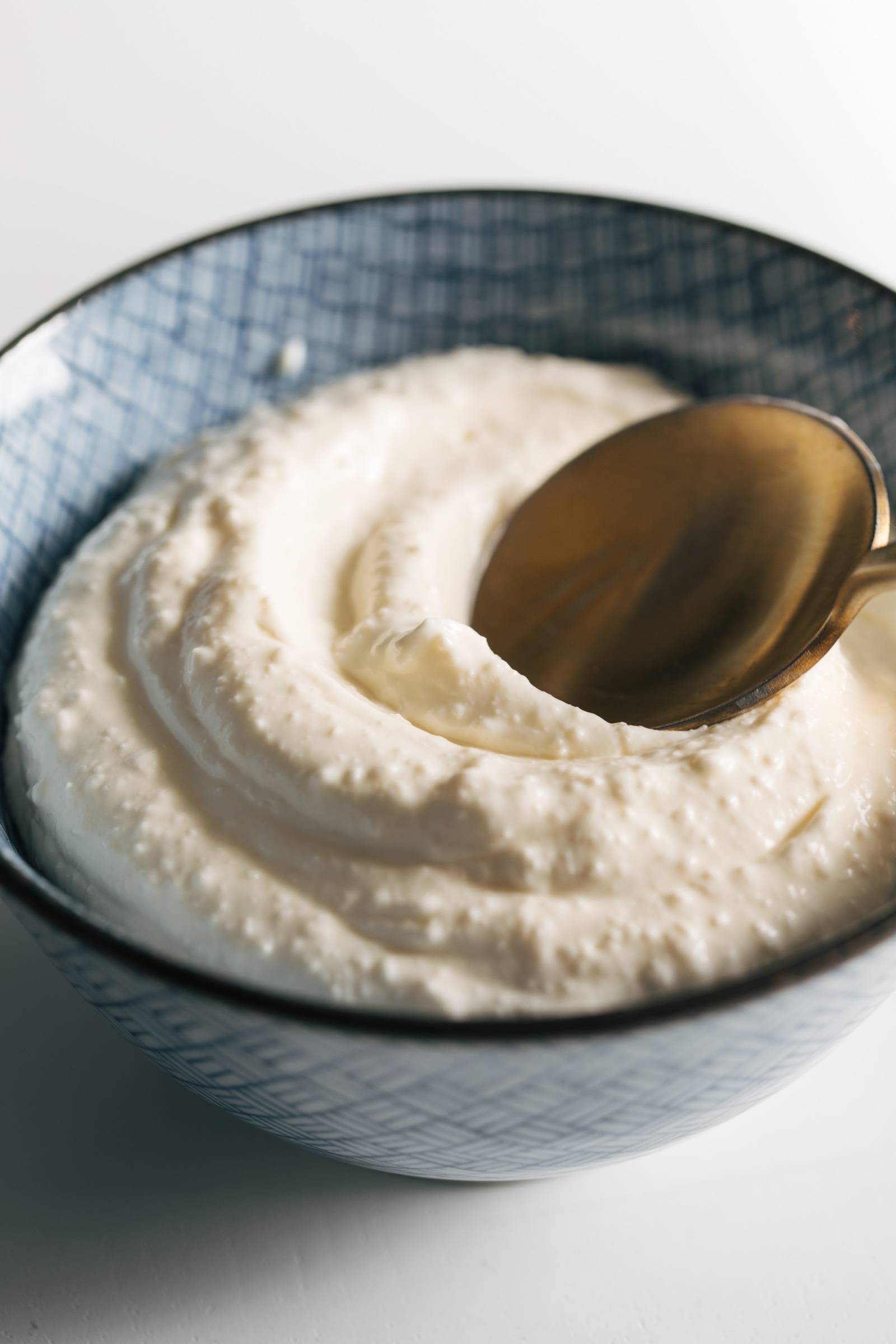











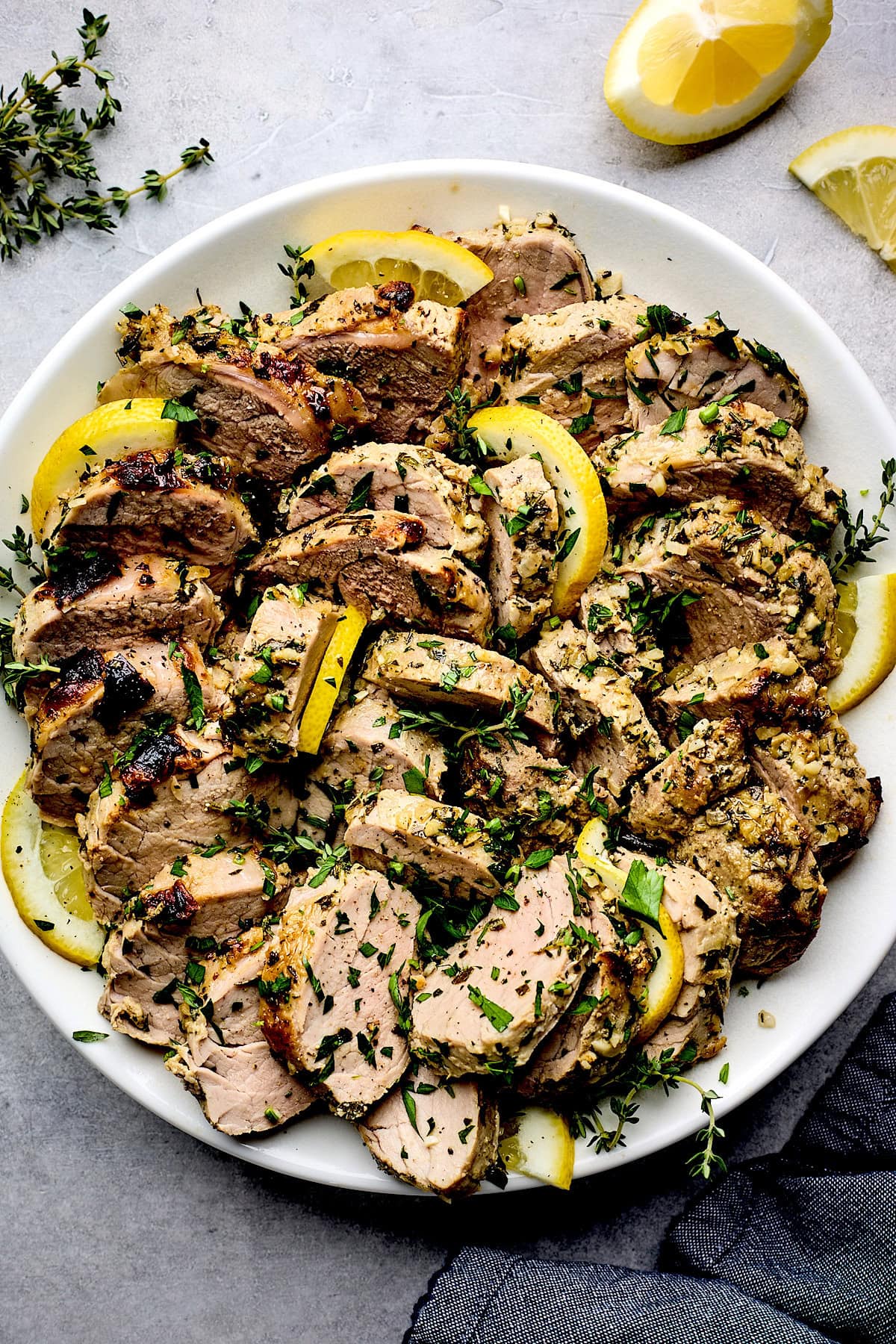
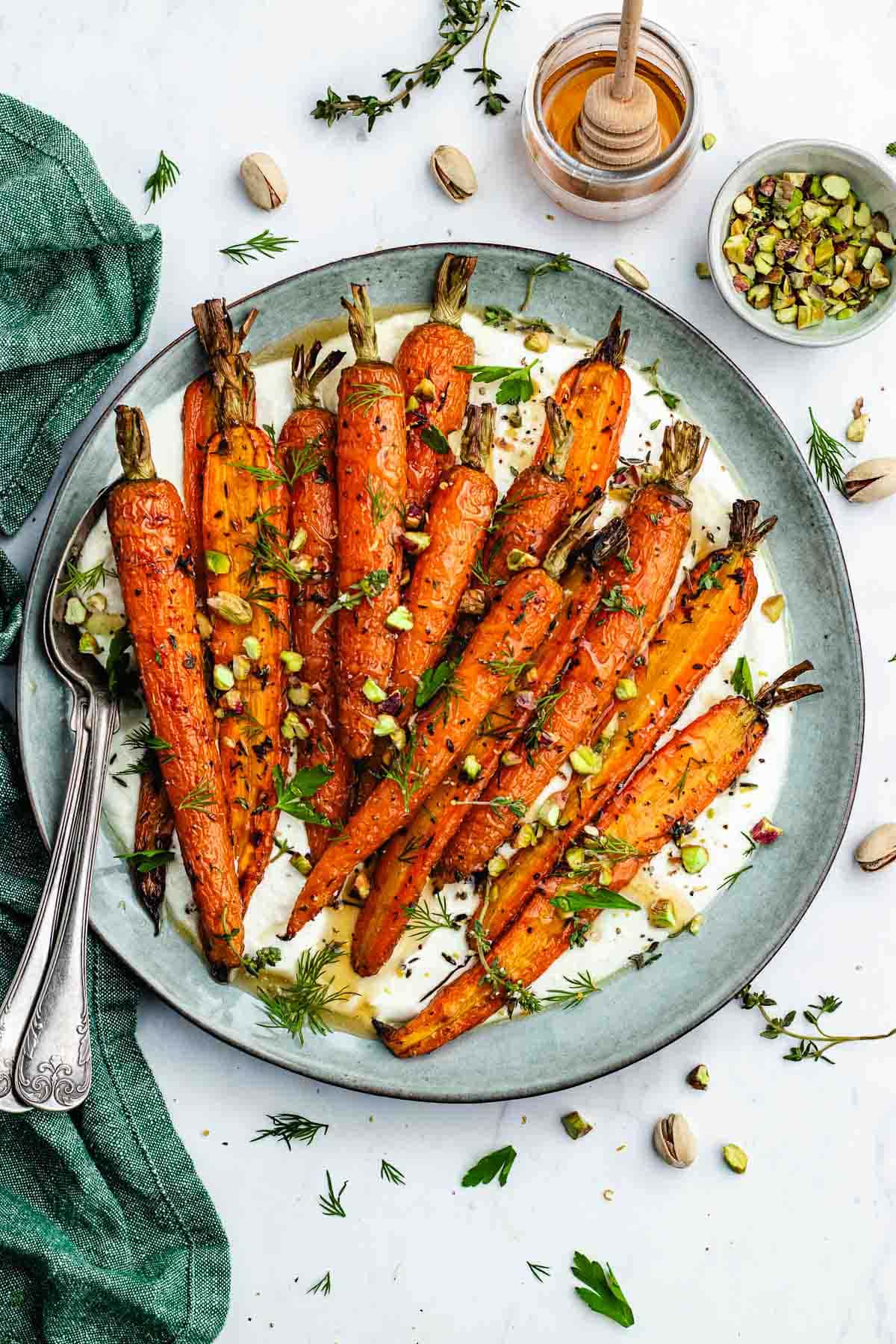
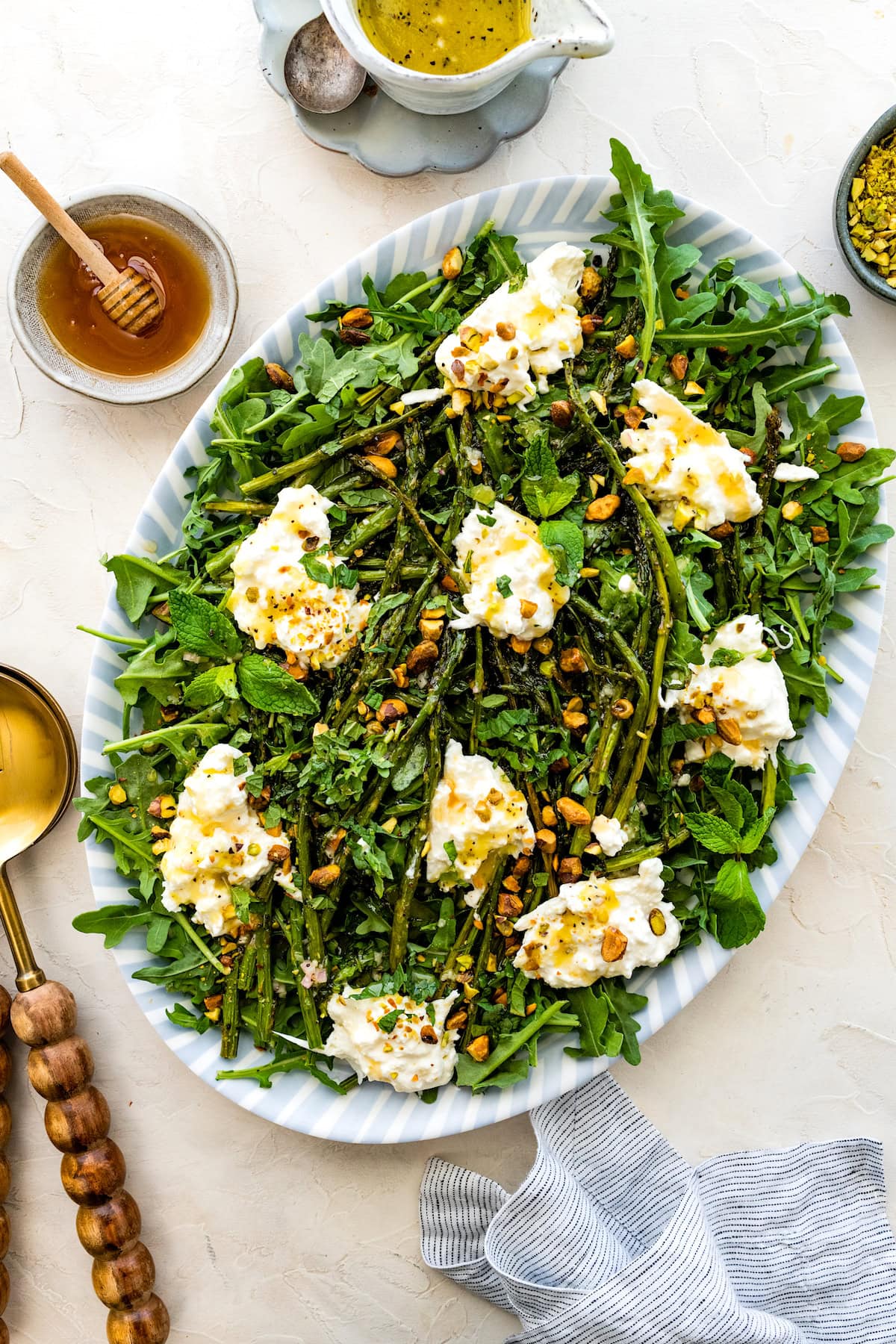






































.jpg)
























